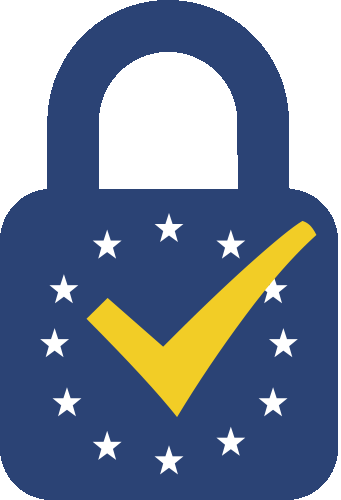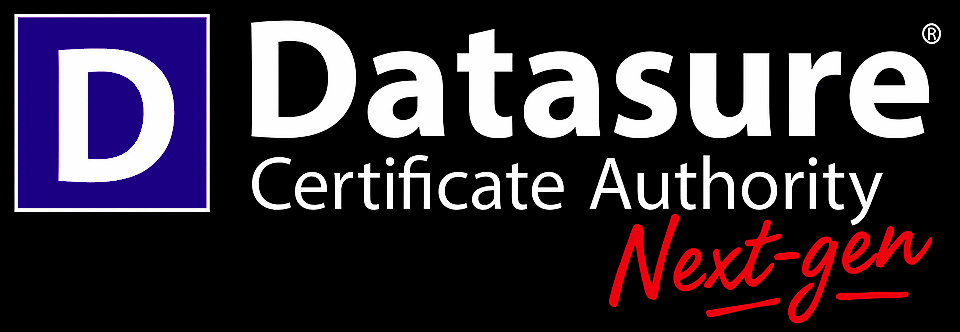Qualified electronic timestamp
eIDAS qualified timestamp
use cases
- Presentation
- Features
- Prices
- APIs
- Use cases
- Consulting & Integration
Proof of date and content: multiple scenarios
The European "eIDAS" regulation on trust services establishes the use of electronic timestamping for electronic transactions: let's look at a few examples.
- Proof of date and content of electronic transactions
- Legal framework provided by the eIDAS Regulation
- Trust component that can be easily integrated into business applications and processes


Proof that a transaction or event has taken place
Datasure’s qualified timestamp units are called via API according to the international electronic timestamp standard (RFC3161) and return timestamp tokens that can be integrated into a wide variety of business processes and applications: banking, insurance, real estate, industry, etc.
Qualified timestamp tokens provide legal proof that data existed at a specific time: they are certified by the Timestamping Authority, unlike logs, which can easily be legally challenged.
- Integration at different process stages
- Maximum scalability: service planned for millions of tokens
- Easy-to-integrate RFC3161 API, multiple libraries available
Seal documents and contracts
Qualified electronic timestamps can be used to provide proof of the anteriority and integrity of any type of file, such as contracts, business documents or invoices.
A natural complement to the electronic signature, which concerns authenticity ("who"), qualified timestamp proves "what" AND "when".
With Datasure proof attestations (delivered via the PDF Certificate API), demonstrating proof becomes even more readable and easy, thus completing evidence files, for example.
- Seal and certify files (contracts, documents, invoices)
- Prove anteriority and integrity
- Easy proof demonstration with the PDF Certificate API


Cybersecurity and data protection compliance tool
eIDAS-qualified timestamps make it possible to meet a number of fundamental compliance challenges in an ever-changing digital trust environment. Several laws and regulations require the use of electronic timestamps (e.g., electronic registered mail, digital safe, archiving, etc.) or refer to it indirectly as a means of achieving security objectives (e.g., data integrity and security within the meaning of article 32 of the RGPD).
Want to learn more?
We've got all the information you need.
Presentation
of our Qualified Timestamp service
Find out more about Datasure's Qualified Electronic Timestamp service.


Prices
Available as packs or on a consumption basis, see the rates for our qualified timestamping service on this page.
Features
Discover the main legal and technical features of the eIDAS qualified timestamp service.

